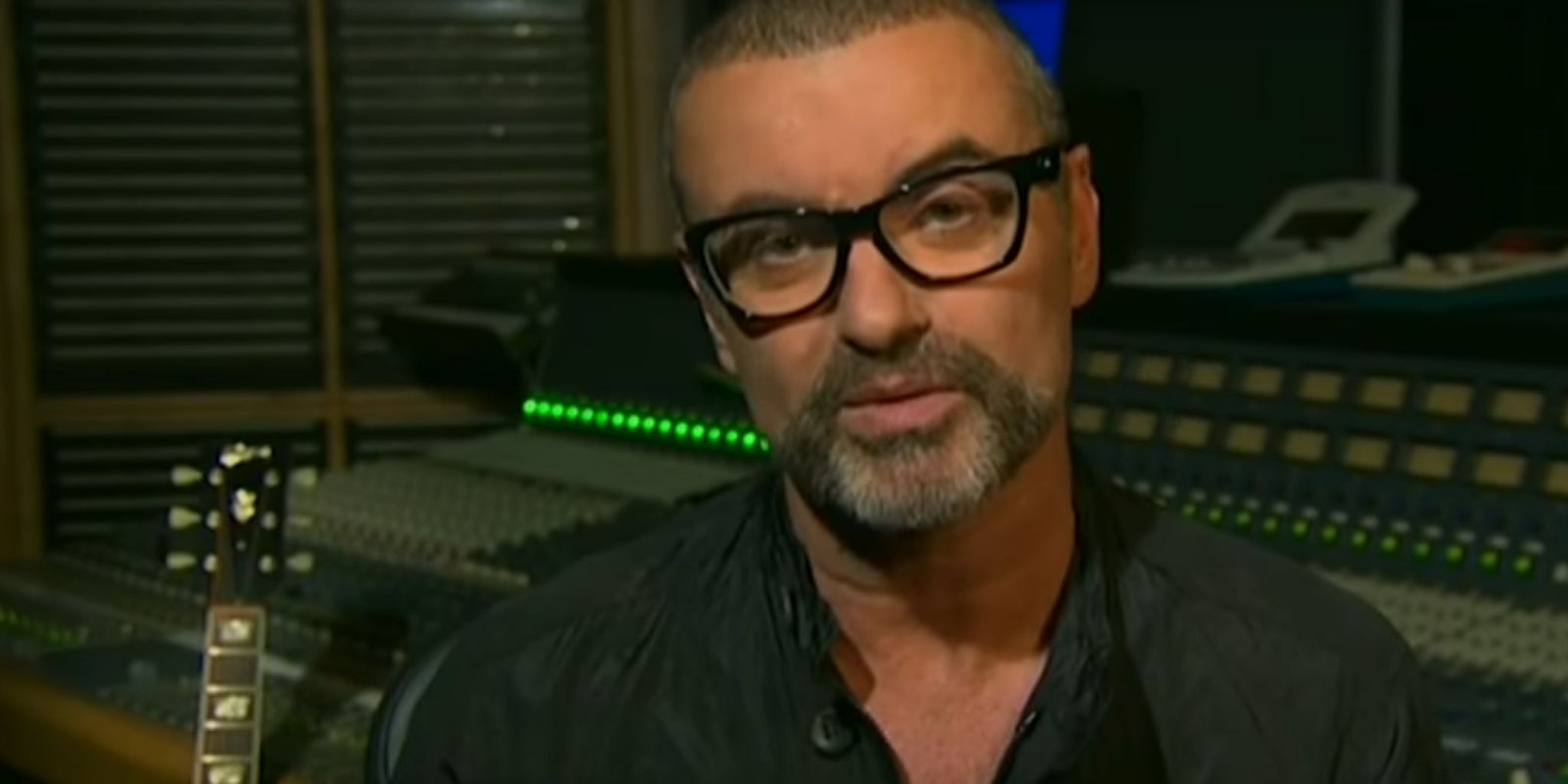Opinion
When Black Twitter broke out #WhitePeopleInvitedToTheCookout earlier this year, those who got it nodded in agreement and laughed uproariously. It’s actually a quick peek into the larger, complex labyrinth of black culture: Specifically, who we like and why we like them, an admittedly imperfect science.
We lecture with even more specificity in regards to music, what quality music is, and the non-people of color who happen to make quality music. Black folks like music, same as anyone else, but there are some white artists we’ve found consensus on as “cookout” music canon. These are songs that can also be played at home, and were put onto Maxell cassette mixtapes your wayward father probably made for your mother.
Long on this list, the legendary David Bowie made his entry with hits like “Let’s Dance” and “Under Pressure” with Queen (also on the mixtape thanks to “Another One Bites the Dust”). Hall & Oates claimed that lifetime membership by submitting their entire catalog, but especially with “I Can’t Go For That.”
You have to already know how we feel about Phil Collins. We even have a tribute album for him.
No one knew Bobby Caldwell was even white when “What You Won’t Do for Love” and “My Flame” hit the radio. (This was because Caldwell’s label, trying to get R&B station spins, purposefully hid his identity until he had to start performing live.)
https://www.youtube.com/watch?v=-TOK4SHpAmk
Similarly, Teena Marie’s appearance with Rick James on Soul Train caused legitimate shock, for fans who’d assumed she was black.
The late George Michael was one of these cookout artists, too.
From his 1983 debut with Andrew Ridgeley as Wham! through the release of his 1998 chart-topping greatest hits, Michael was an unquestioned worldwide phenomenon. Dying suddenly of heart failure at the age of 53, mainstream news, social media, and celebrity tributes have come out in force, recalling a superstar’s life of blinding fame and predictable excess.
https://www.youtube.com/watch?v=lu3VTngm1F0
“Faith” and this icon-creating video pushed Michael into the stratosphere. What was always unmistakable about Michael was that he had an amazing voice, star power in spades, and a specific timeworn ambiguousness about his sexuality—from which he both benefited and suffered heavily for. But stripped down, he was a soul singer; one that blacks would vocally appreciate. He also paved the way for the blue-eyed soul singers who’d dominate the charts after his successful run.
As CNN Clay Cane wrote: “Justin Timberlake, Robin Thicke, Sam Smith and many others owe him a debt of gratitude. Like Michael, none of these artists are pop singers; they are R&B singers, but only labeled ‘pop’ because they are white. The privilege of being a white artist singing R&B—who will also be played ad nauseam on pop stations—is often ignored in the music industry.”
While Michael was one of the great songwriters of his time, “Faith” didn’t necessarily register with black audiences. However, “Father Figure” and “Monkey,” both Billboard Top 100 No. 1s, would. They also charted at No. 6 and No. 8, respectively, on Billboard’s Hot R&B/Hip-Hop Songs—then called “Hot Black Singles.” “One More Try” would reach No. 2 on that chart. Faith, the album, would top the Black Albums chart. (Yes, this language and coding were being used as recently as 1990.)
This is the one time viewing the comments sections of YouTube videos is highly informative. You can see the connection his music made with the black audience, especially black women. “Monkey” was a video regularly played on BET’s Video Soul programming. Fact is, for the time, these songs oozed urban appeal, and he did it with ease. Michael didn’t require radical changes in his look and sound (Looking at you, Robin Thicke.)
He fought his own demons until he found his truth, and fought for it in other ways. He was also generous with his money and time.
Some much needed TRUTH!!!! #RIPGeorge #georgemichael #loveislove pic.twitter.com/d7qUn1xfQi
— HER♉️ (@browncandy) December 26, 2016
Most importantly Michael was a real person, a soul with real entanglements and flaws. Though obviously not specific to us, black people love artists who are a little dirty, or maintain hidden depths in their art. Michael lived with hidden depths, for the better of his career. He didn’t just make music, he bled for it.
Long live George Michael, always invited to the eternal cookout.


